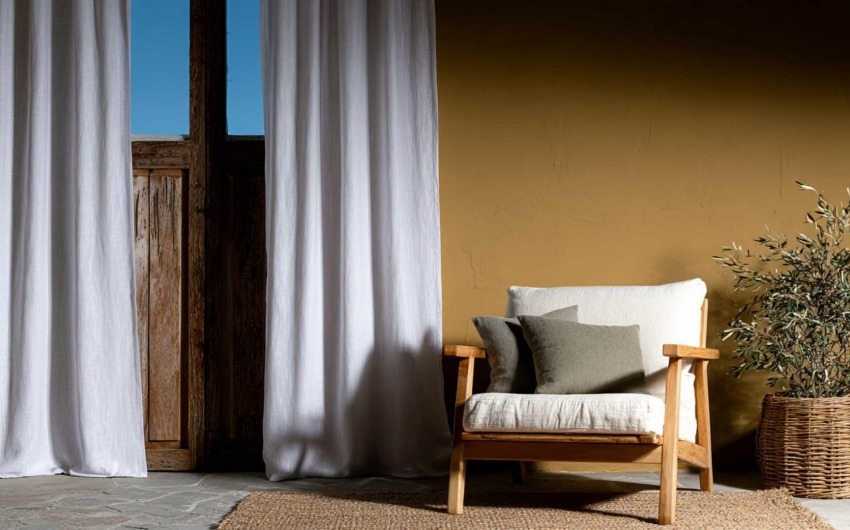8/23/2024
Sight
Sight is the most immediately involved sense in interior design. Using colors, shapes, and lighting can significantly influence the atmosphere of a space. For example, warm tones like red and orange can make a space feel cozy and stimulating, while cool tones like blue and green can promote relaxation.
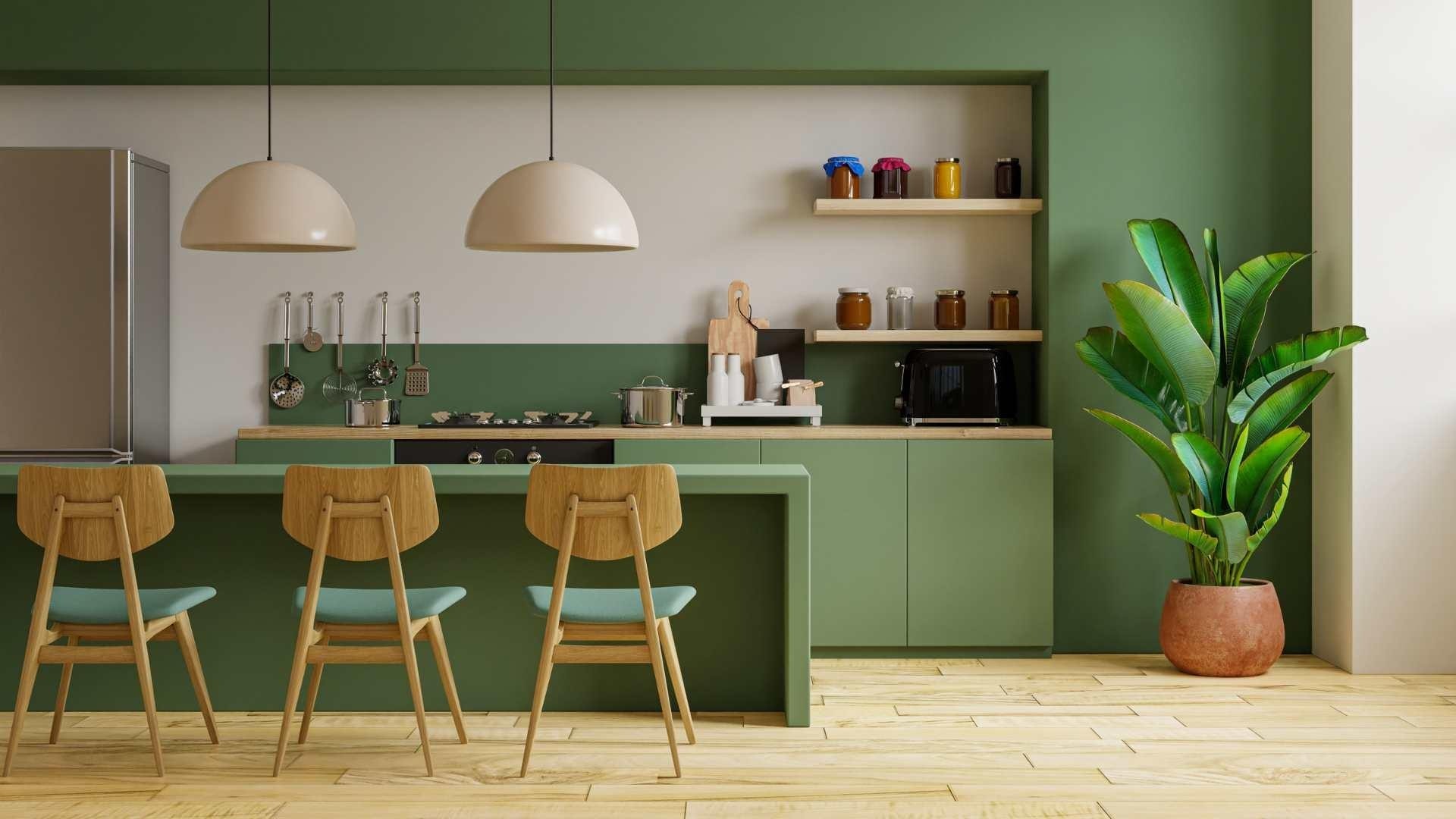
Touch
Touch is often overlooked in interior design, but it is crucial for creating a physical connection with the environment. Materials like wood, velvet, linen, and stone offer different tactile experiences. Incorporating surfaces with interesting textures can make spaces more inviting and comfortable.
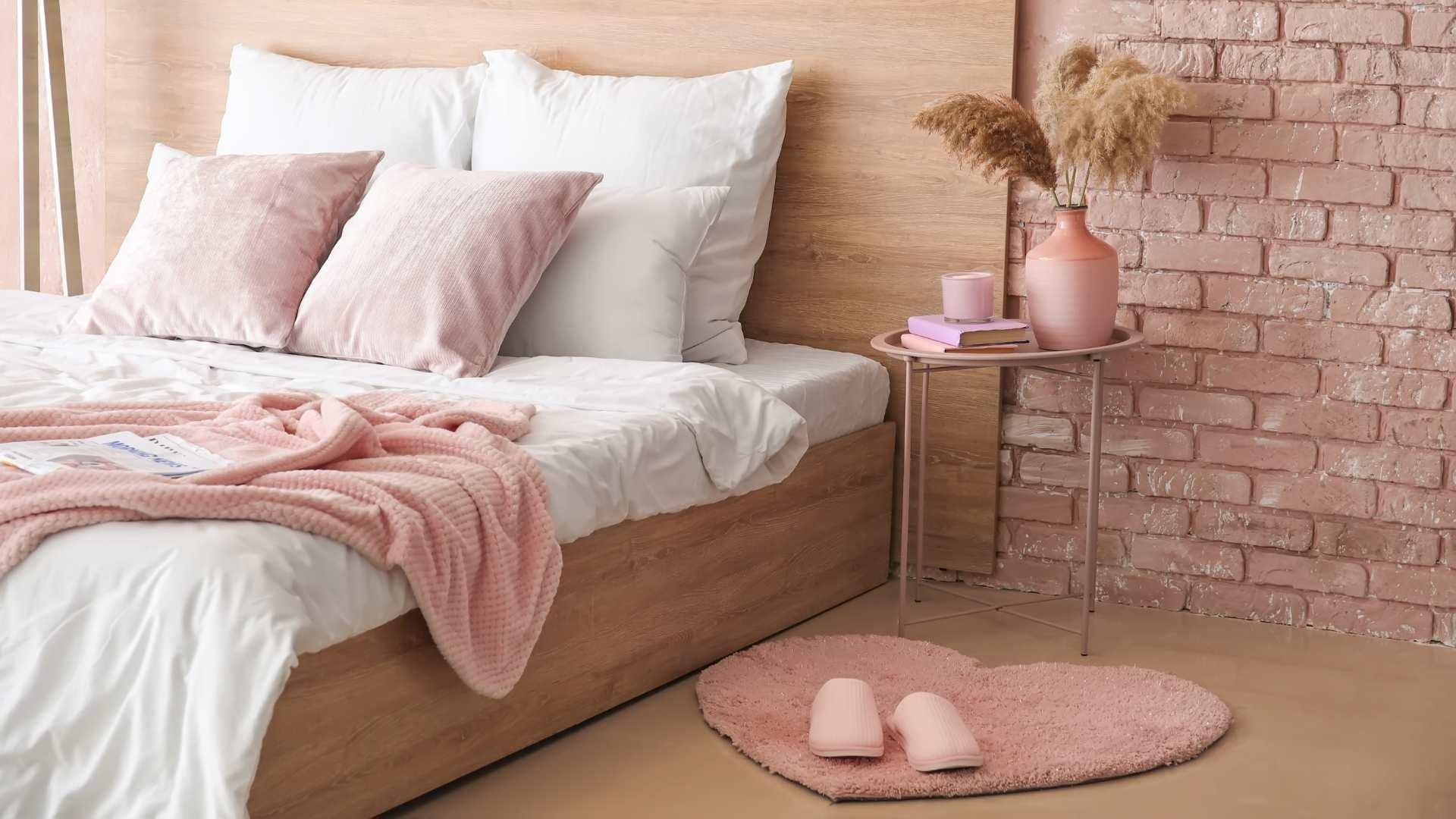
Smell
Smell has a strong connection with memory and emotions. Using natural fragrances like lavender, eucalyptus, or citrus can enhance mood and well-being. Scented candles, essential oil diffusers, and aromatic plants are great ways to introduce pleasant scents into environments.
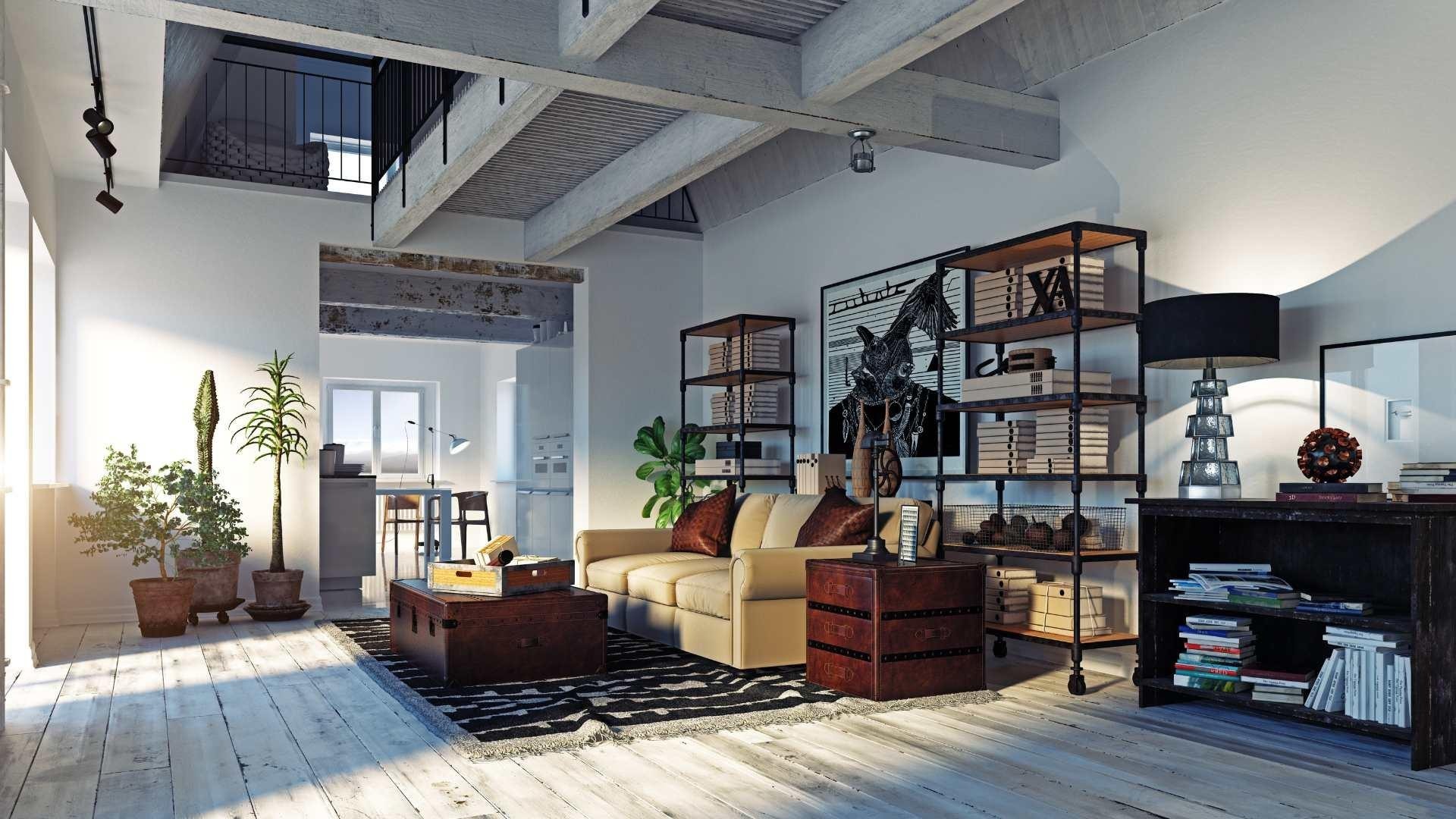
Hearing
Hearing can be stimulated through the use of natural sounds or music. Indoor fountains, natural sound diffusers, or simply good acoustics can transform a space. Ambient music can also create specific atmospheres, making spaces more welcoming or stimulating.
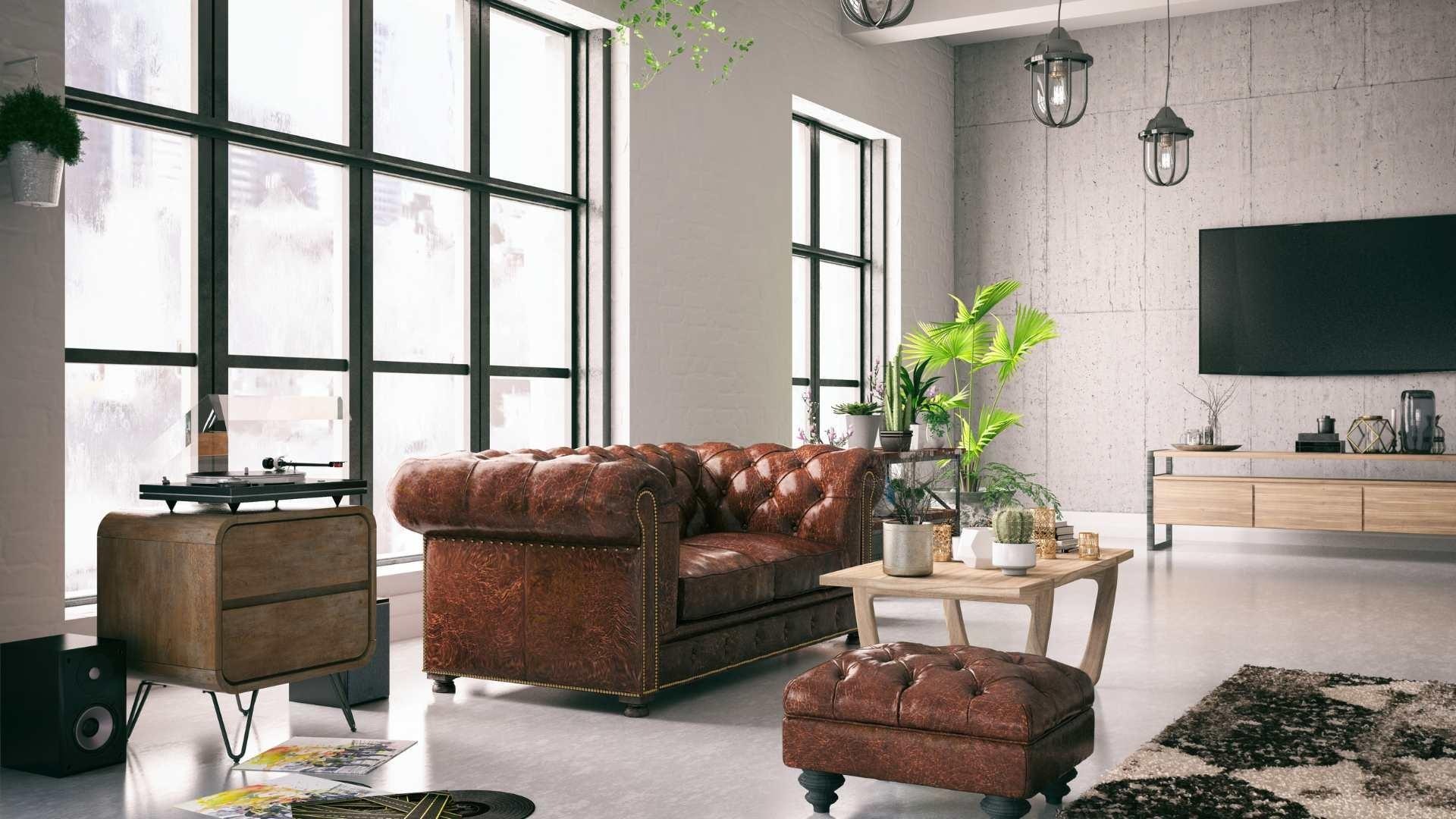
Taste
Although taste is the least directly involved sense in interior design, it can be creatively integrated. A well-decorated coffee corner, a kitchen with attractive accessories, or a dining room with details that invite you to enjoy food can enhance the overall experience of the space.
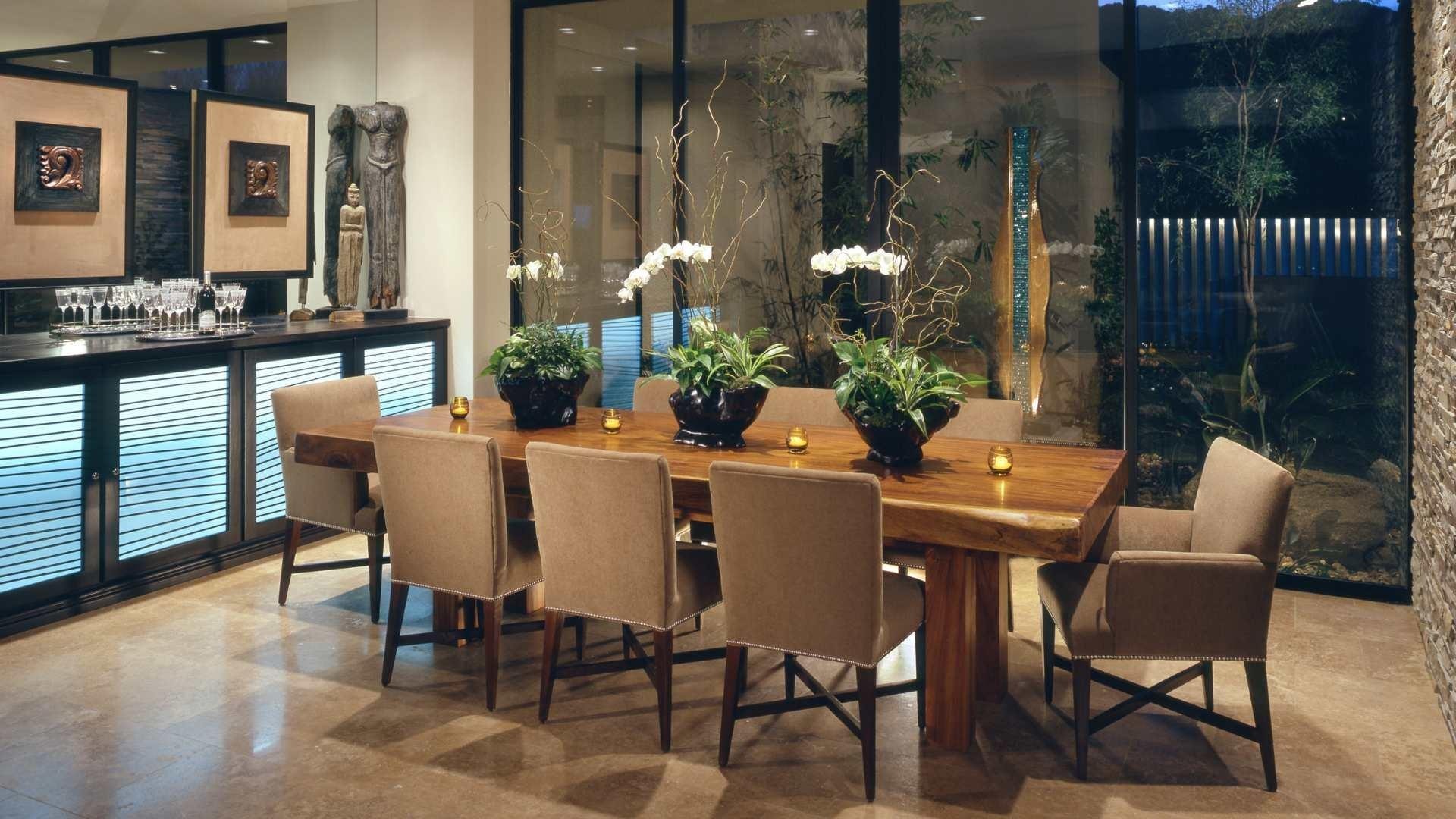
Designing spaces that stimulate all five senses can transform the perception and use of environments. Sensory design not only makes spaces more beautiful but also more functional and enjoyable to live in, improving overall well-being.
_14077b47db_23.jpg)
Interior Designer since 1985
CEO & Founder, Italian Design in the World

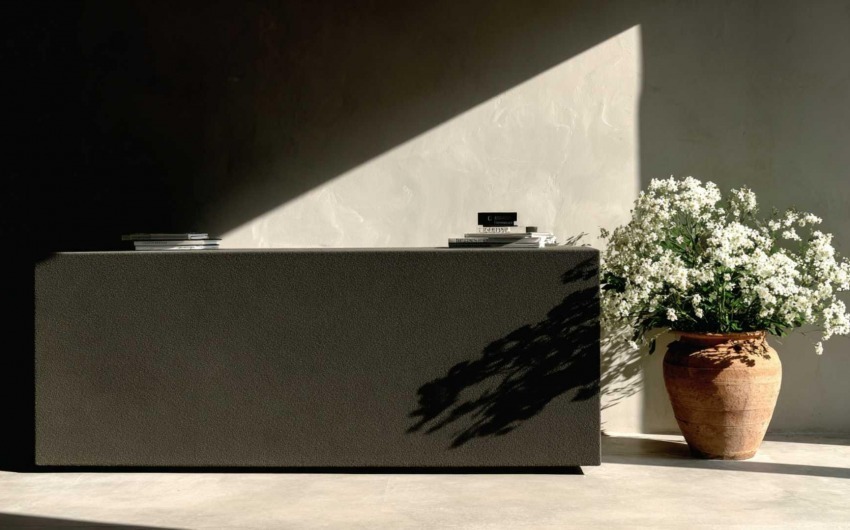
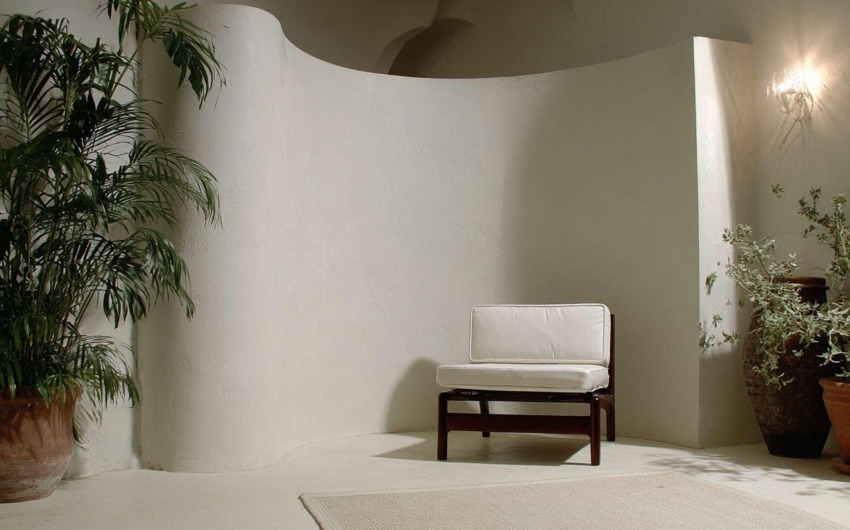
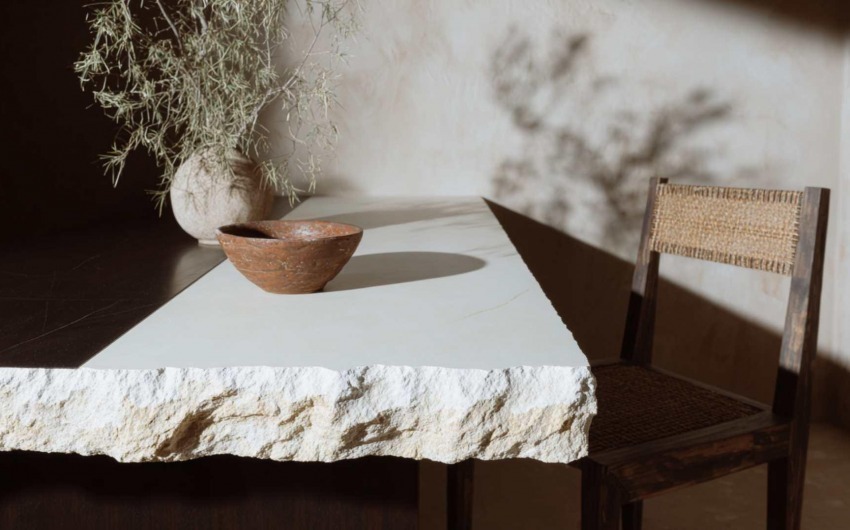
_0f565b1edb_633.jpg)
